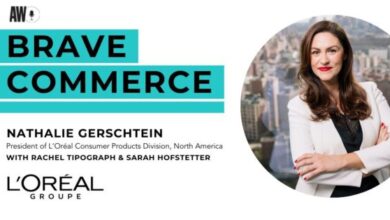
“If it’s not easy for consumers to see, touch and feel, it won’t be easy for them to understand what’s real and fake,” she added.
The user experience team at C2PA is developing methods to render the watermark visible to the human eye, said Lansigan. Currently, its focus lies on balancing the presence of metadata and ensuring that it does not disrupt the digital content.
Lansigan didn’t specify when the visible watermarks will be made available, but Google’s joining and Microsoft’s releasing content credentials could build momentum, he said.
Still, it’s crucial to note that although watermarking AI content is important—and among the directives in the Biden administration’s executive AI order—it’s not a foolproof solution to combat misinformation. OpenAI points out that C2PA’s metadata can “easily be removed either accidentally or intentionally,” even on social media platforms, and actions like taking a screenshot also remove it.
Slow adoption and data ownership concerns
The C2PA standards are still early in adoption, with a primary focus on publishers and platforms, Lansigan said. Publicis has made the C2PA standards available in its production process, ultimately leaving it to a brand to adopt those standards in its production workflow.
Dentsu is in conversations with the C2PA committee and has active relationships with its partners, such as Adobe, Intel and Microsoft, said an agency spokesperson.
Still, content provenance addresses a small slice of the problem, said Michael Dobell, chief innovation officer at Media.Monks.
“Data ownership is among the biggest problems within marketing,” he said. “Understanding where [a brand’s] training data comes from and what content is being created as a result of that will be an important part of the mix.”
Source link





